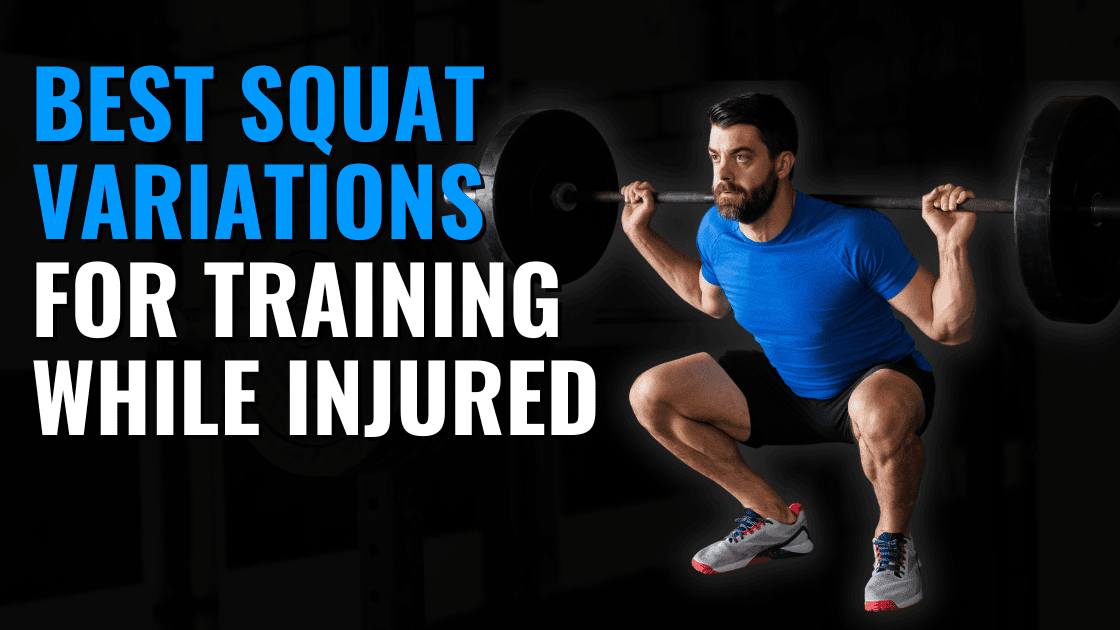Let’s be honest, as CrossFit athletes, we want to improve our health and performance, but what we want more than anything is to look better. While many fitness enthusiasts will argue that CrossFit is not the best route for building muscle mass, it is undeniable that many CrossFit athletes have developed incredible physiques following the CrossFit methodology. In this article, I’ll discuss the mechanisms behind CrossFit hypertrophy gains and how to most effectively add accessory work to your program if you have hypertrophy goals.
For a podcast version of this episode check out episode 7 of the Performance Plus Podcast.
Functional Fitness & Muscle Hypertrophy
Why Do We See Hypertrophy Gains?
In an excellent research review, Brad Schoenfeld reviewed the three mechanisms of muscle hypertrophy:
- Mechanical tension refers to the force placed on the muscle during lifting. When it is enough to create an overloading stimulus, it disrupts the skeletal muscle’s integrity, resulting in a variety of factors that lead to muscle growth.
- Muscle damage is the second mechanism. It occurs when exercise training is intense enough that it creates localized muscle damage. This microtrauma is believed to create acute inflammatory responses that promote muscle hypertrophy.
- Metabolic stress is the final mechanism of muscle hypertrophy. During exercise, we often create build-ups of metabolites such as lactate that can signal various responses by the body that result in hypertrophy.
The above is a general overview of what leads to hypertrophy, but if we look into these factors more, it will help us understand how CrossFit style training can result in hypertrophic responses in athletes.
Before diving further, I must give WodScience full credit for the following graphic and explanations of why CrossFit creates hypertrophy changes in the body.
View this post on Instagram
Volume, Effort, & Variations
First, we must discuss the training volume. In strength & conditioning research, there are many questions that we still have regarding muscle hypertrophy. But, one that appears to be more supported is the relationship between muscle hypertrophy and training volume. In general, more volume has been shown to increase hypertrophy (up until a certain point at which the body can no longer recover). With CrossFit, the entire methodology strives to perform increased volumes of training in a given time, with all major muscle groups seeing a significant amount of work in a given week.
Second, in hypertrophy research, we know that a high level of effort is necessary to create maximal hypertrophy changes. This effort can but does not have to hit failure. This high effort appears to be even more critical than the weight lifted.
Previously we believed there was a hypertrophy rep range, with most people thinking 6-12 reps was optimal. Current research shows reps as high as 40 can create similar hypertrophy effects if we take effort to near failure. I believe this is a massive factor in why we see CrossFit hypertrophy gains. Athletes train in constantly varied rep ranges with high levels of effort. Add in constantly varied exercises to avoid the law of accommodation in training, and you have a recipe for muscle growth.
Finally, WodScience speculates on the idea of blood flow restriction type hypertrophy gains with CrossFit. I’ve previously written several articles on BFR hypertrophy (See articles on the science, application, and devices for BFR). In blood flow restriction, we use tourniquets to reduce the oxygen delivered to a muscle during exercise. This results in an exaggerated strength & hypertrophy responses to lifting light loads.
I’ll quote WodScience’s explanation of why they speculate that CrossFit may produce similar effects to BFR. “Muscles are certainly not blood flow restricted during a WOD, but I wonder whether they are still very insufficiently supplied. When a heart has to shunt liters of blood into your legs for a high volume of repetitive squatting at moderate intensity, while needing to get it into your triceps to enable you to continue your push presses at the end of a thruster, I wonder whether simultaneously supplying the biceps for your pull-ups may eventually happen in a somewhat blood and oxygen-deprived state that is similar to BFR. Obviously very different in its nature, but maybe similar in its effect? Again, heavy speculation.”
Programming Accessory CrossFit Hypertrophy Work
What does all of this mean if your fitness goals are to improve your overall fitness following CrossFit’s methodology, but you also want to supplement your training to look more muscular?
We can’t argue that CrossFit is as good at creating hypertrophy as your traditional bodybuilding work, where training variables are adjusted to work towards this goal specifically. But we also can’t argue that bodybuilding produces the overall health and performance improvements to the extent that CrossFit does.
What can we learn from the bodybuilding world to help us accelerate hypertrophy in CrossFit athletes? I think the two biggest things are:
- Focusing additional training volume on the muscle groups that produce the most significant increases in a muscular physique
- Concentrated isolation work with the intent on focused muscle contractions and time under tension.
We will start with examining which areas of the body produce the greatest physique improvements in those wanting to look bigger. For most athletes, improving the traps and deltoids will have the largest improvements to an individual’s perceived size. For CrossFit athletes, I also believe extra volume for the biceps and triceps also helps significantly.
When performing work in those areas, concentrating on force production by the working muscles is also important. In CrossFit, we tend to focus on performance cues such as “punch the bar to the sky” which are great for performance improvements. And repetitions are typically performed as fast as possible. But for hypertrophy, there is research suggesting that internal cues such as “squeeze your biceps” may produce better hypertrophy changes. So when performing accessory CrossFit hypertrophy work, I encourage athletes to think of maximally contracting the working muscles actively to create the “mind-muscle connection” many bodybuilders discuss. We will also typically slow the tempo down to increase time under tension of the muscles.
Putting it all together
If you are already CrossFitting, then you are already hitting all your muscles with decent levels of volume. So you don’t need to devote an extra 2-3 hours of weekly training to increase hypertrophy.
I think 10-15 minutes of extra work 3-4 days per week spread throughout the traps, deltoids, biceps, and triceps is more than enough for most CrossFitters. In each of those workouts, hit 3-5 sets with each of those muscle groups being worked 2-3 of those days. Overall this should have you adding 8-12 sets per week of additional training volume to these muscles. Enough to encourage growth but not so much that it negatively impacts your recovery and performance for the rest of your training. Of course, this will only happen if that individual is adequately fueling their body for muscle growth and recovery, a much more in-depth topic than I will discuss here.
Our latest Performance Plus program takes care of all of this for you. This plan has four workouts per week lasting 10-15 minutes to target your body’s specific areas that will produce a more muscular physique. If you are a CrossFit athlete wanting an accessory hypertrophy program, look no further!






